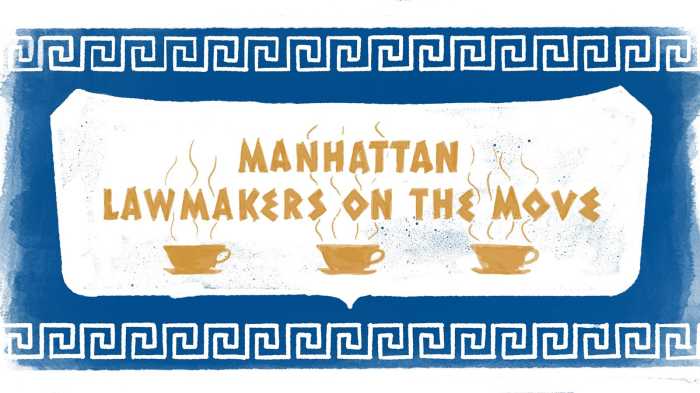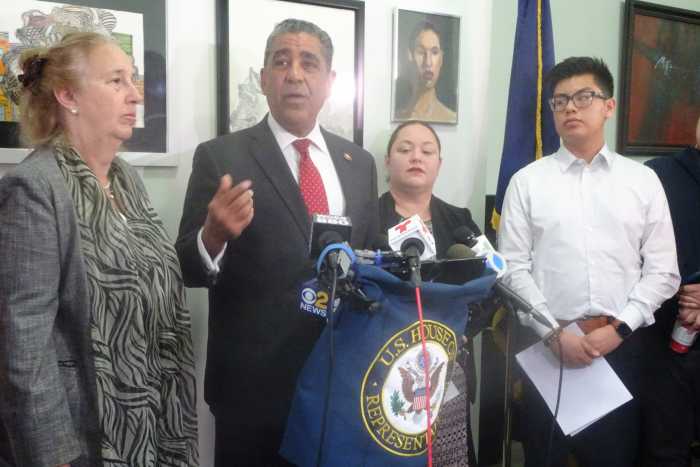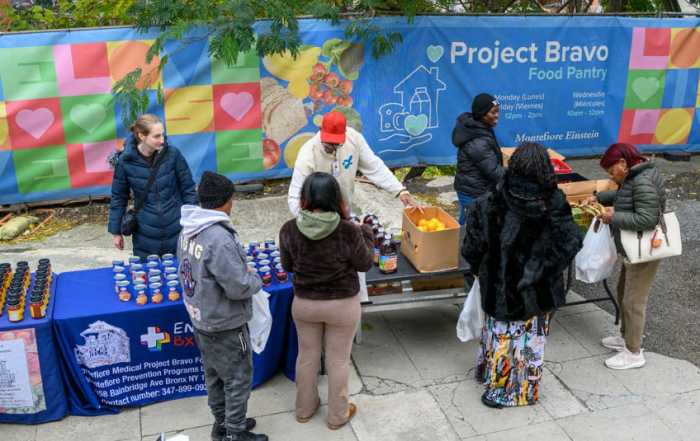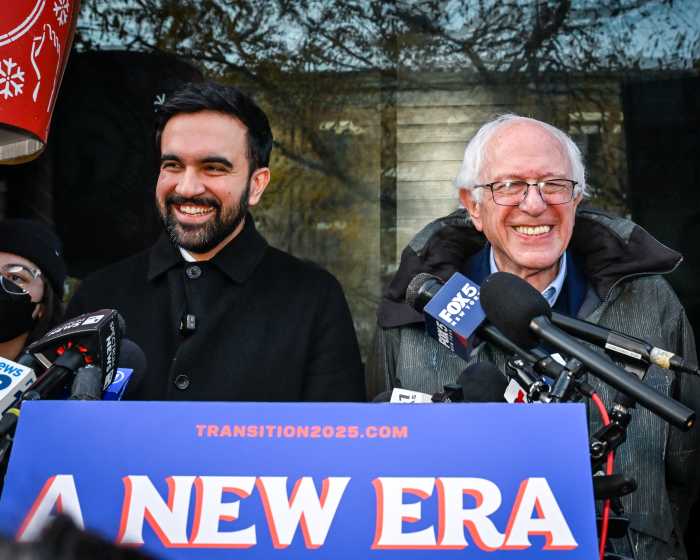To date, about 300,000 parents and 110,000 students have contributed feedback for the five main models the Department of Education (DOE) came up with to implement blended learning in September. However, as pointed out by the over 400 members of the public on the education town hall call yesterday, that input was from before the resurging spikes of coronavirus cases across the country.
Councilmember Mark Levine (D-Morningside Heights, West Harlem), Congressmember Adriano Espaillat (D-District 13), Assemblymember Carmen De La Rosa (Upper Manhattan) and State Senator Robert Jackson (D-Washington Heights, Fort George, Inwood), hosted a virtual town hall meeting with DOE Deputy Chancellor Adrienne Austin and Manhattan Executive Superintendent Marisol Rosales to discuss blended in-person and remote learning models, and how to navigate the city’s schools reopening in the fall in the midst of COVID-19.
“For me, I’m a mother. My child is going into the first grade,” said De La Rosa. “There are so many issues that have bubbled up because of COVID-19 and I hope we can address them. The main issue is the safety of our students, the safety of the educators as well as how will we contend with remote learning, whether it’s on a short scale or larger scale as we continue to move on.”
All families do have the option to opt out of in-person instruction, said Austin, and the deadline for full-time remote learning is Aug. 7. There will be a calendar to opt back in, but that hasn’t been determined yet. Guidelines for practical face mask policies and other personal protective equipment (PPE) for students haven’t been determined either, said Austin.
Chancellor Richard A. Carranza and Mayor Bill De Blasio (D) have formed the split program models based on social distancing constraints and suggestions from surveys. The models attempt to have a median range of 9-12 students per classroom varying by school and at least 33 percent of students present for instruction.
The five models they conceived are as follows:
- Model One assumes a minimum of 50 percent of students will be present for in person learning in elementary, middle and high schools. Every other day, with rotating weekdays, students will be in class in Groups A and B. The students in Group D would only learn remotely.
- Model Two assumes a minimum of 33 percent of students will be present for in person learning in elementary, middle and high schools. Group A, Group B, Group C will have in-person learning 1-3 days per week and then alternate remote learning. The students in Group D would only learn remotely.
- Model Three assumes a minimum of 33 percent of students will be present for in person learning for middle and high schools, only with a 6-day rotation.
- Group A, Group B, Group C will have in-person learning 1-2 days per week (twice in a 6-day rotation) with alternate remote learning days.
- The students in Group D would only learn remotely.
- Model Four would have Groups A and B alternate each week, while Group D would only be taught remotely.
- Model Five would have Groups A and B each receive in-person learning 2-3 days per week, while Group D is only taught remotely.
Some of the other options discussed during the meeting was outdoor or street spaces used for classrooms, similar to the outdoor dining plans in the city.
“I just want you to think about how close in proximity schools are to one another and what would potentially happen if we were to shut down every other block in New York City to whole classes,” said Austin. “I like the thinking out of the box – I think it’s valuable, and we’re in the position where all plans are on the table.”
Jackson said that the reality of the situation is that more money will be needed.
“Consider the budget deficit the city and state is in,” said Jackson. “Quite frankly, we don’t know if education is going to be cut by the state more than it currently is, so people asked, ‘Are you going to hire more staff?’”
Austin said planned cuts to school’s social workers and programming were rolled back, and instead cuts to the DOE’s central administration were implemented. She said during this hiring freeze they are being forced to rethink staffing and trying to be creative about the 150,000 employees that service 1.1 million students in New York City.
Meanwhile, Levine pointed out that the models based on a mix of remote and in-person learning will present a challenge to working parents.
“Thirty-seven percent of families mentioned they have a childcare challenge and so for those families who are going to go back to work, only having a child in school two or three days a week presents a challenge,” said Levine.
In all fairness, De Blasio’s recent announcement for free childcare in the city at least acknowledges that plenty of working class parents or essential workers don’t have access to adequate child care services, an issue that also highlighted glaring racial inequalities within the educational system and COVID’s monumental impact on communities of color.
“I think this pandemic has definitely elevated the inequities of our system, especially here in the city and Manhattan. We have some districts that have been impacted more than others,” said Marisol Rosales. “The concept of trauma informed pedagogy has to be embedded in the curriculum. Social, emotional support and restorative circles have to be a part of the curriculum.”
The hour-long call continued to cover a wide range of topics, but the answer to most specific questions about what instruction will look like for students were in the “design phase.” Austin said that the DOE is sensitive to the COVID situation and aren’t going to put anyone in jeopardy. She said they are in consultation with health officials everyday.
“There are really difficult decisions ahead of us and there was a lot of preparation and we are certainly still preparing and working with our principals to prepare,” said Austin.


![City Councilman Mark Levine [Photo provided by Jake Sporn]](https://politicsny.com/wp-content/uploads/2021/02/Levine-Health-Hearing-2-scaled-1.jpg?quality=51&w=1200)





